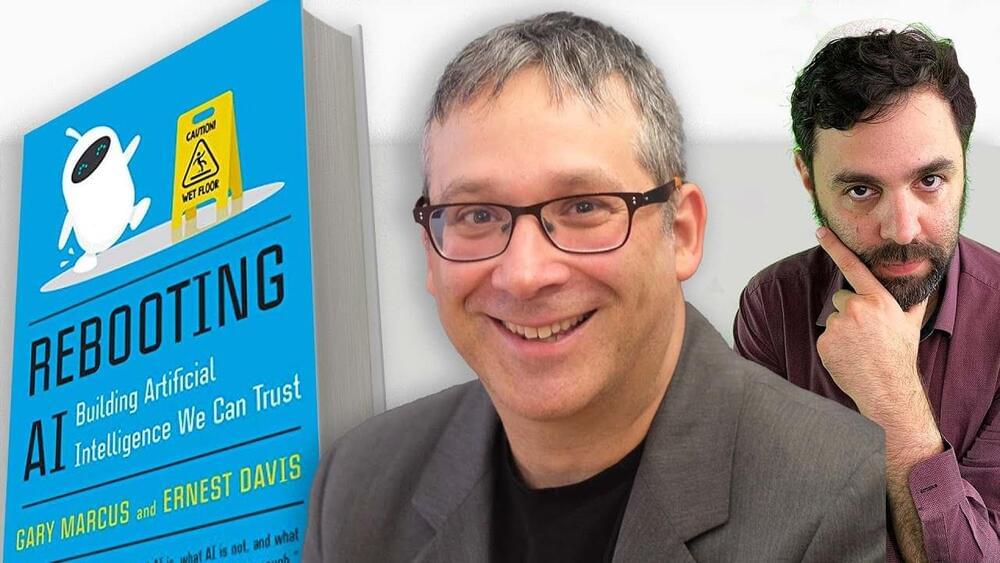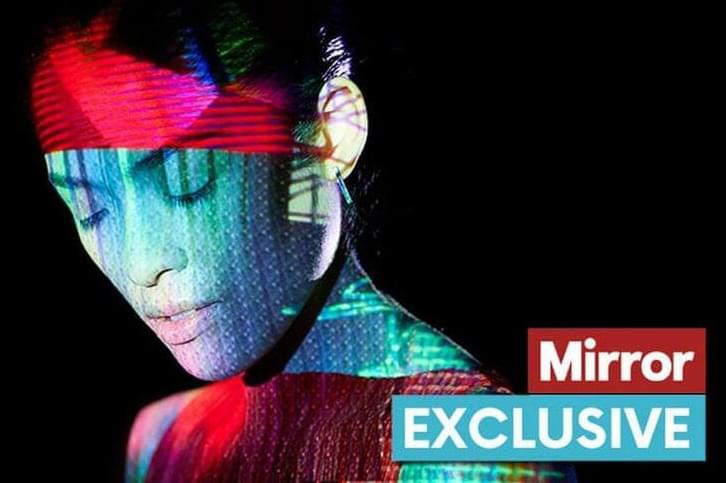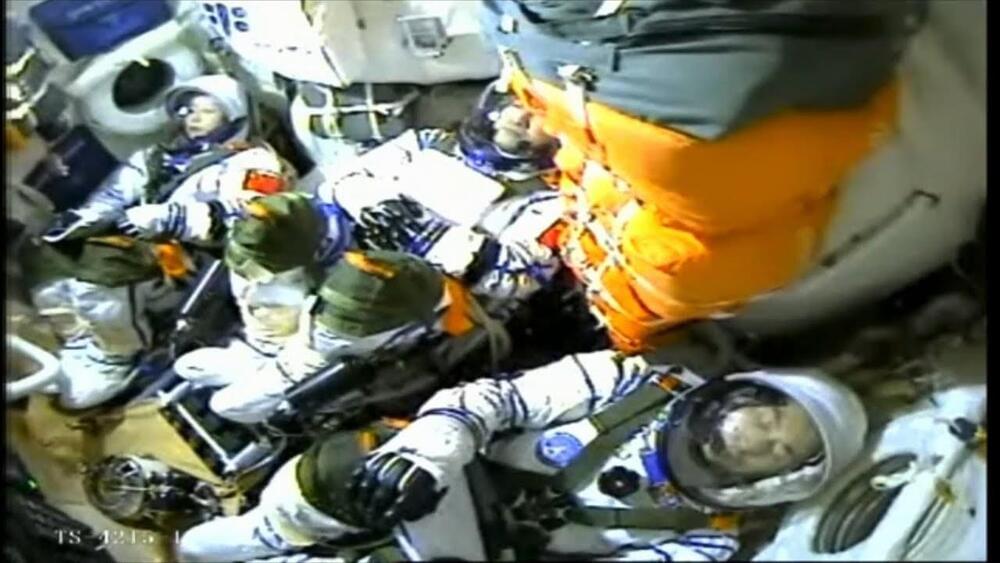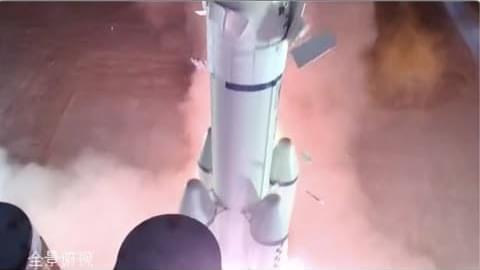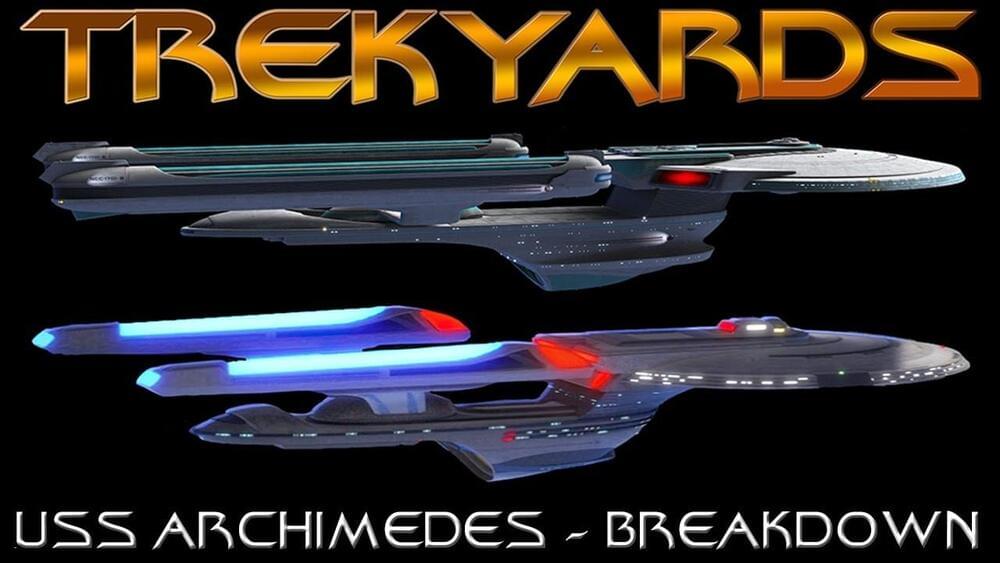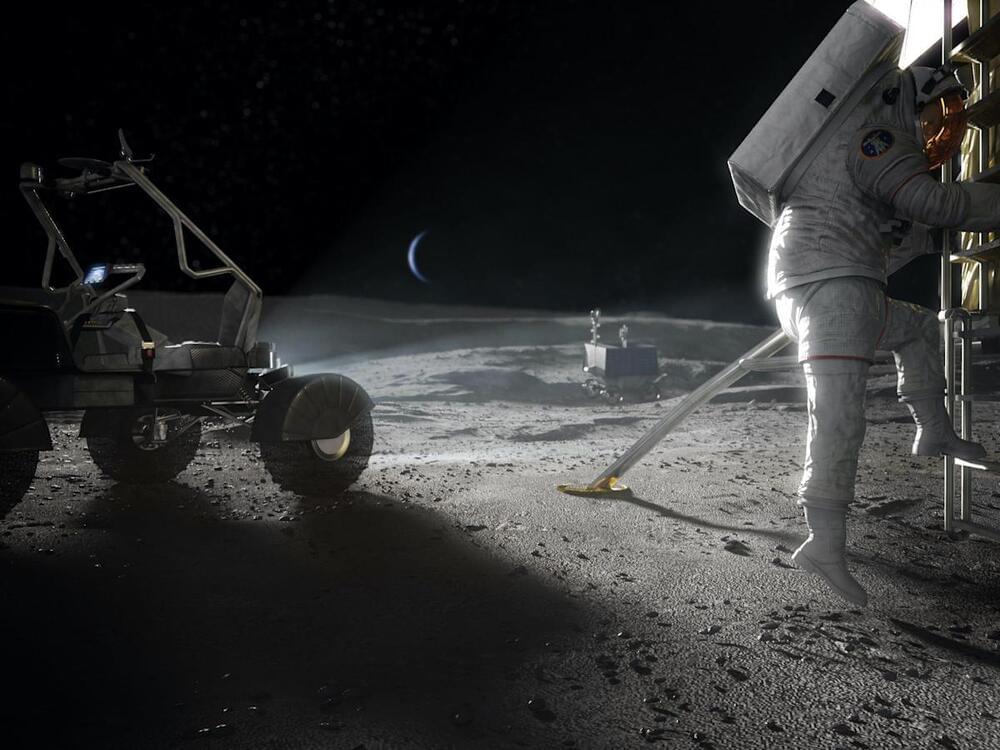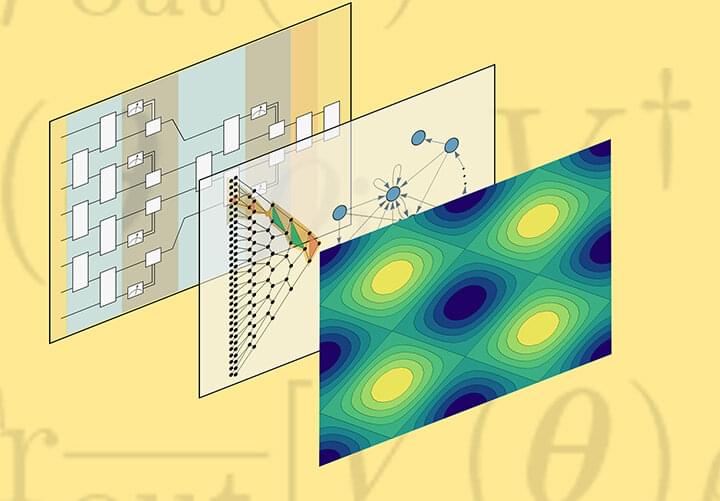1:42 Are we on the wrong train to AGI?
4:20 Marvin Minsky and AI generalization problem.
11:57 Defining intelligence in AI
17:17 Is AI masquerading as a trendy statistical analysis tool?
23:35 AI systems lack our most basic intuitions.
27:38 The public not wanting to face Reality.
29:36 Equipping AI with Kant’s categories of the mind (Time, Space, Causality)
33:40 Neural nets VS traditional tools.
34:50 Causality in AI
37:14 Lack of interdisciplinary learning.
45:54 How can we achieve human level of understanding in AI?
49:21 More limitations.
59:35 Motivation in inanimate systems.
1:01:31 Lack of body and transcendent consciousness.
1:05:55 What interdisciplinary learning would you encourage?
1:06:49 Book recommendations.
Gary Marcus is CEO and Founder of Robust AI, well-known machine learning scientist and entrepreneur, author, and Professor Emeritus at New York State University.
Dr. Marcus attended Hampshire College, where he designed his own major, cognitive science, working on human reasoning. He continued on to graduate school at Massachusetts Institute of Technology, where his advisor was the experimental psychologist Steven Pinker. He received his Ph.D. in 1993.
His books include The Algebraic Mind: Integrating Connectionism and Cognitive Science, The Birth of the Mind: How a Tiny Number of Genes Creates the Complexities of Human Thought, Kluge: The Haphazard Construction of the Human Mind, a New York Times Editors’ Choice, and Guitar Zero, which appeared on the New York Times Bestseller list. He edited The Norton Psychology Reader, and was co-editor with Jeremy Freeman of The Future of the Brain: Essays by the World’s Leading Neuroscientist, which included Nobel Laureates May-Britt Moser and Edvard Moser. Together with Ernie Davis, he authored Rebooting AI and is well known to deconstruct myths of the AI community.
In 2,014 he founded Geometric Intelligence, a machine learning company. It was acquired by Uber in 2016. In 2,019 he founded Robust AI and acts currently as Robust AI’s CEO.
Links:
